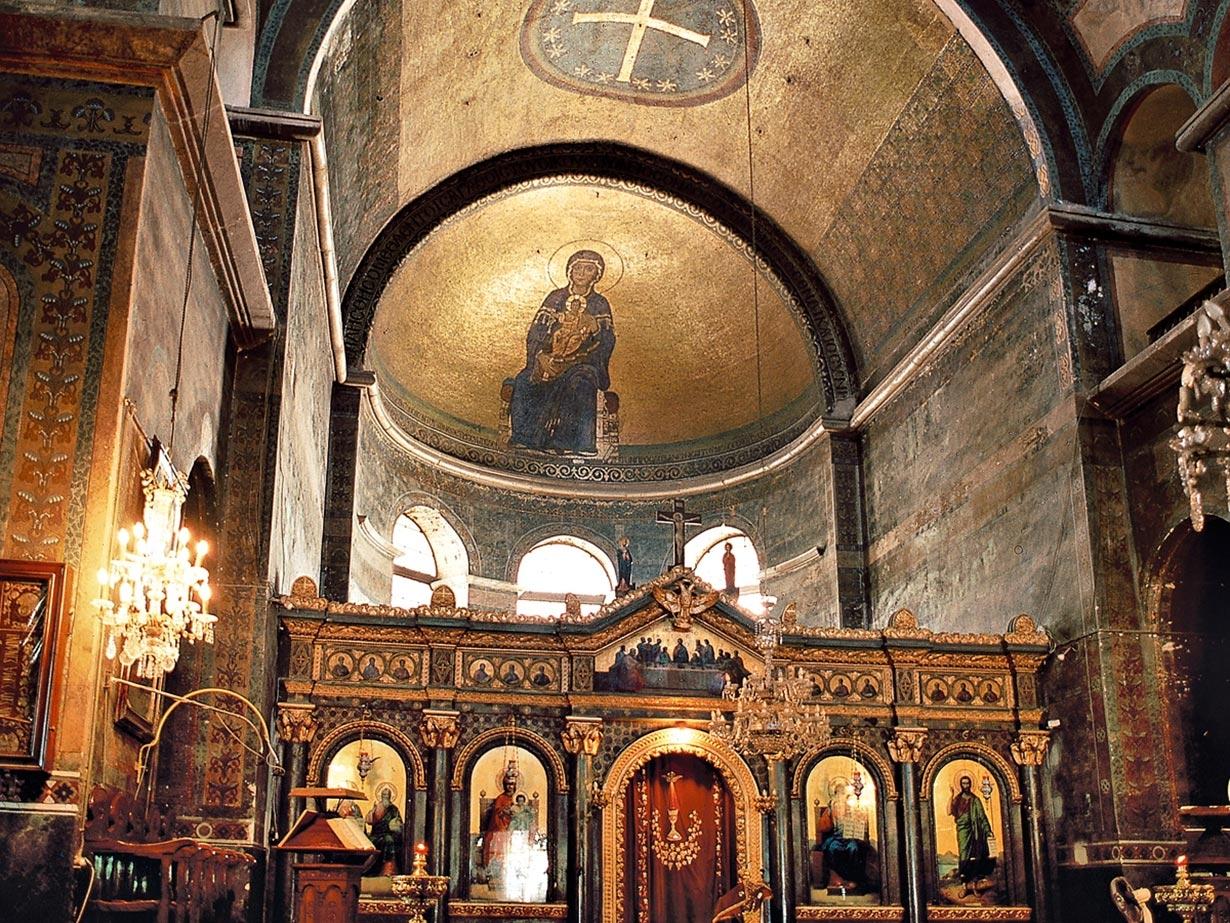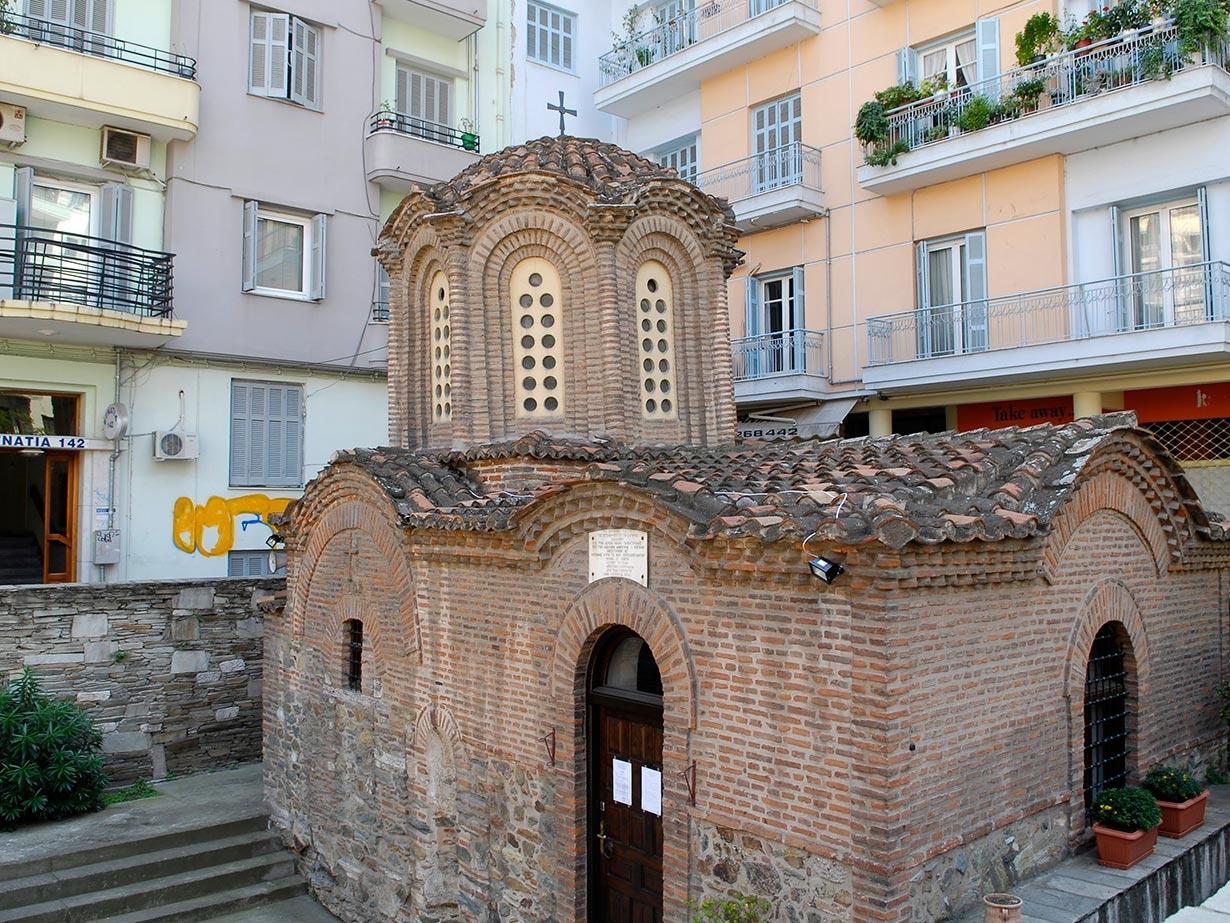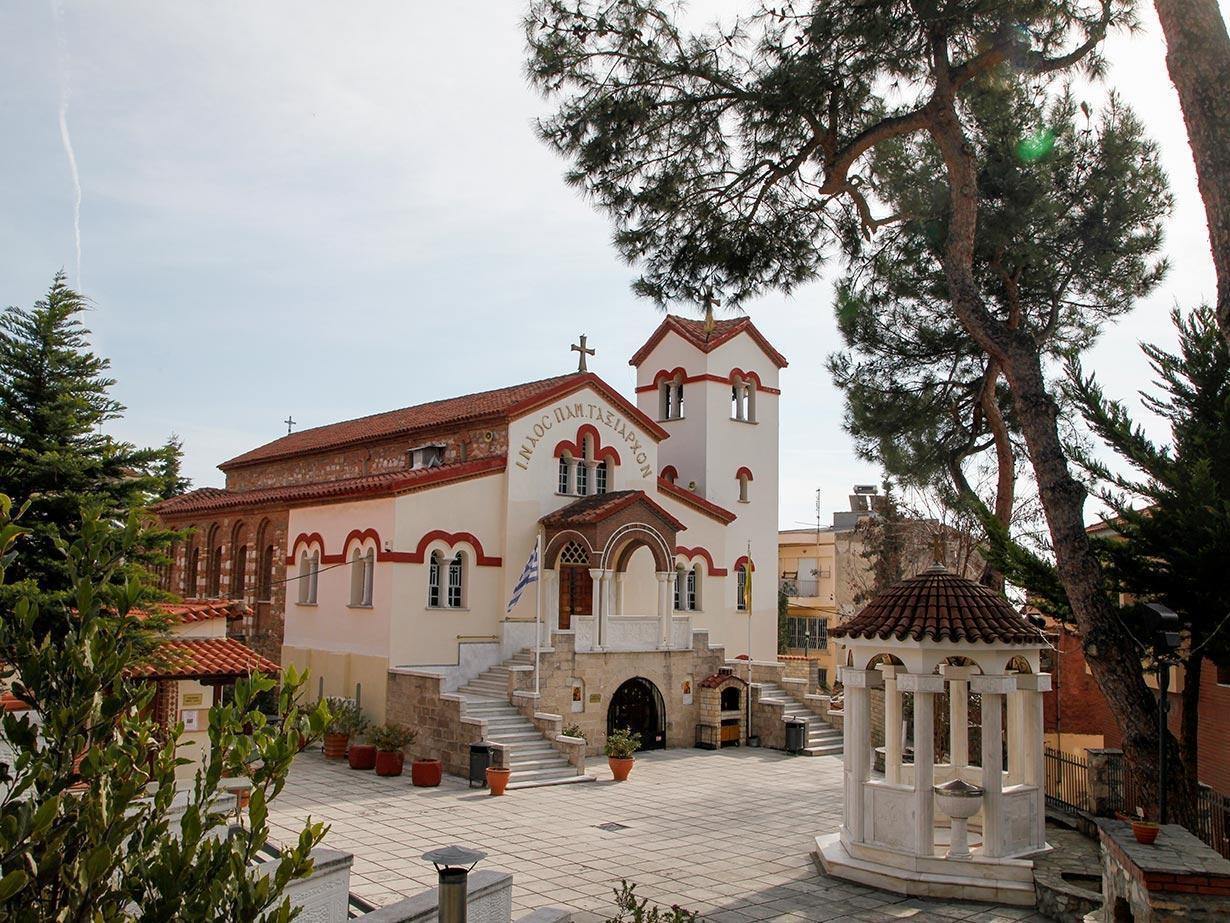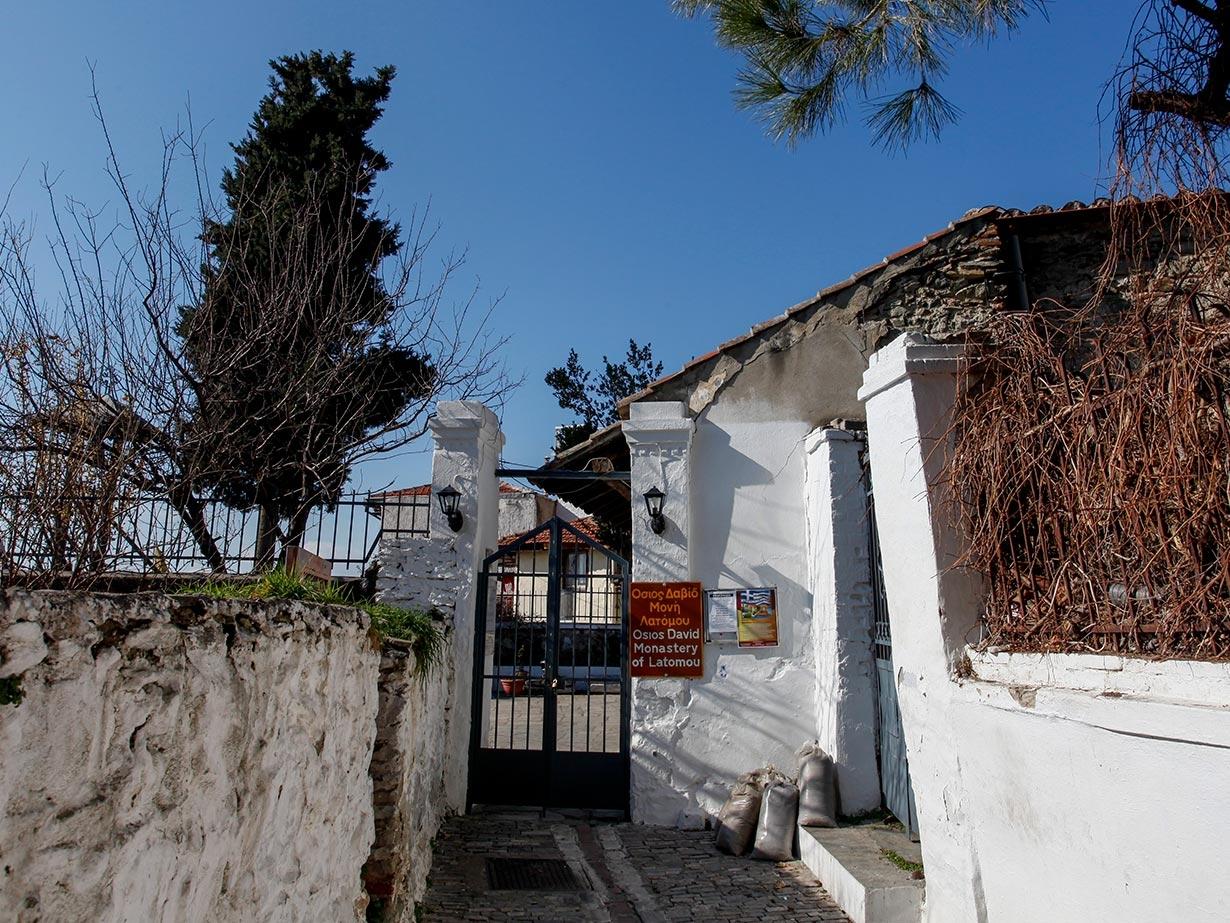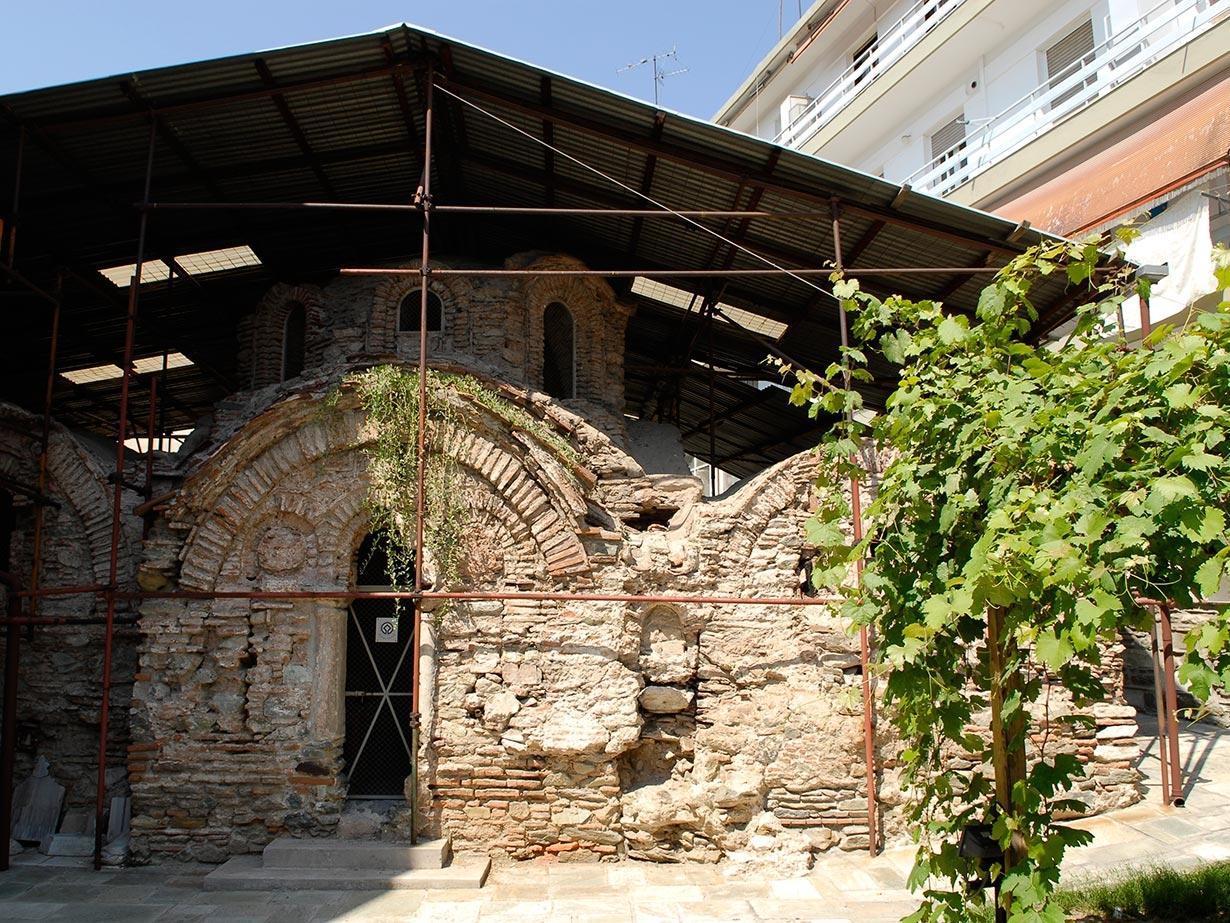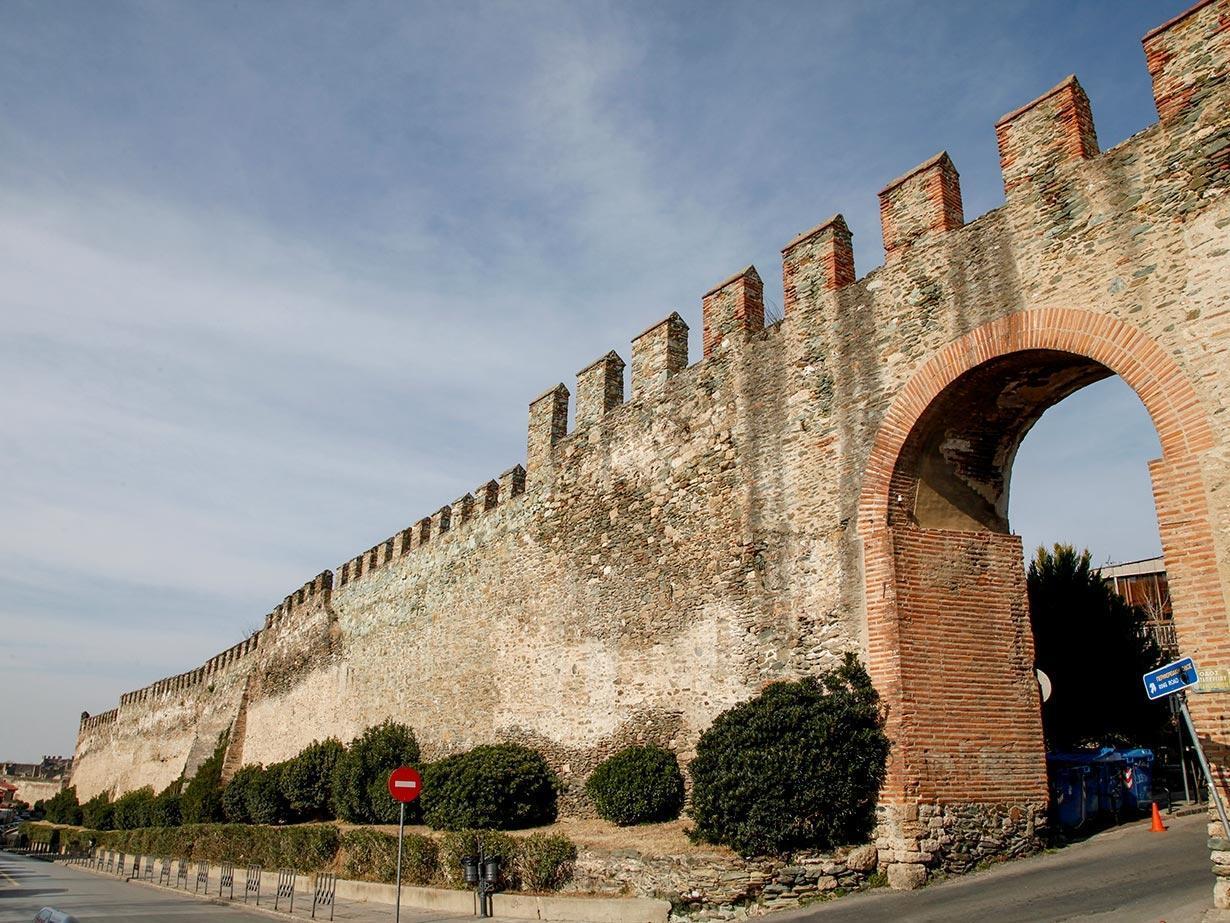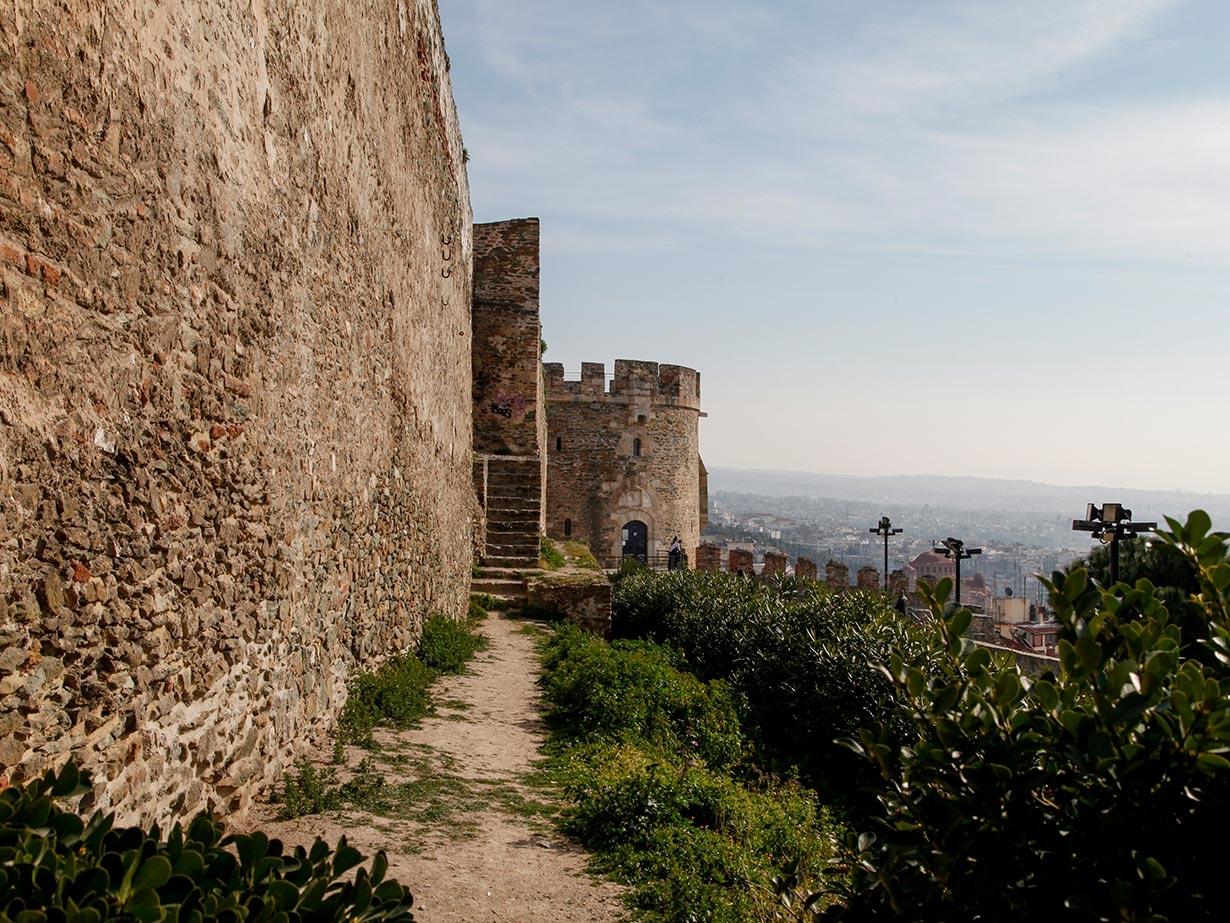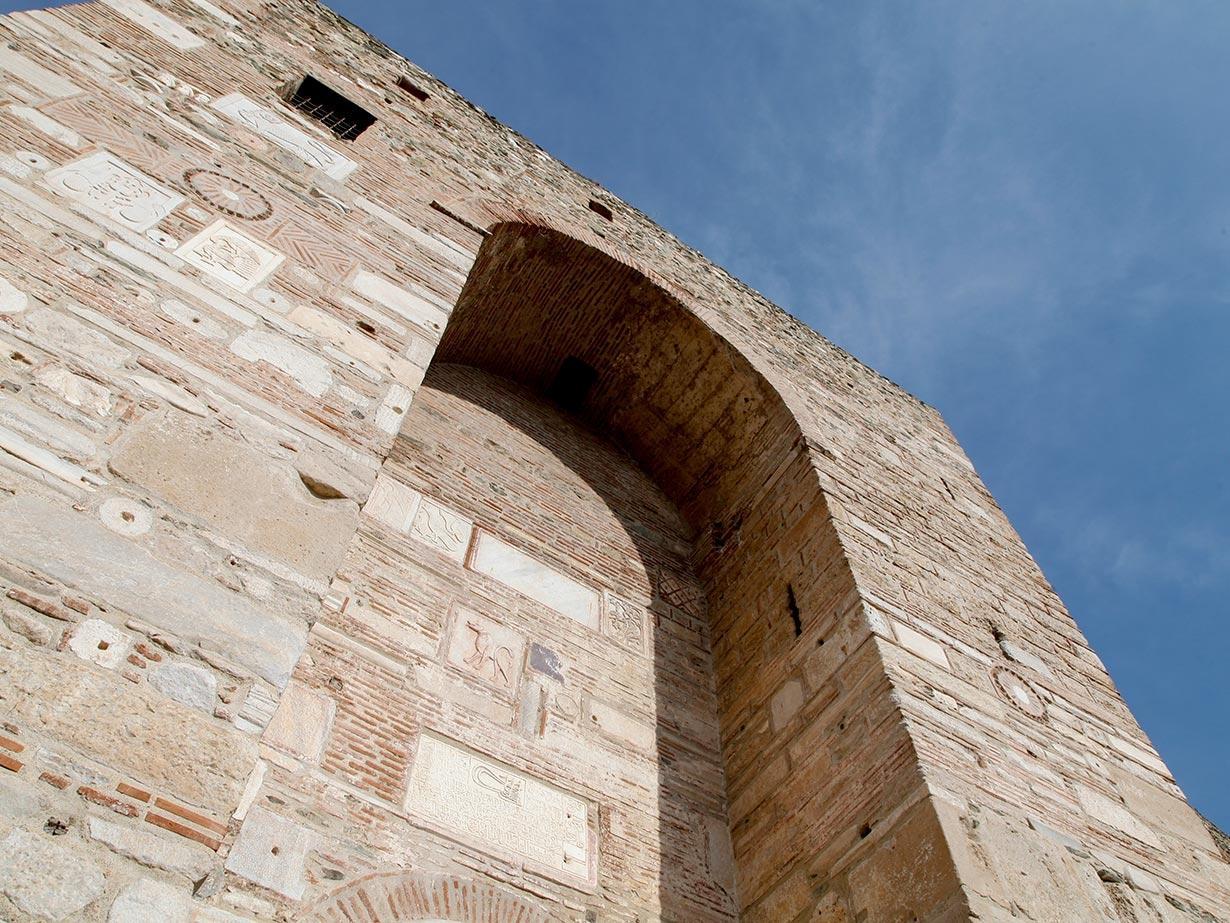‘Co-reigning’, ‘First after the First’ are characterizations that attributed to Thessaloniki, to highlight it’s importance within the boundaries of the Byzantine Empire. From the 4th AD century until the conquest by the Turks in 1430, the Byzantine Thessaloniki faced Normans and Crusaders conquerors, Hesychasts’ Movement, the Zealot movement but also will provided to Christendom its two children, the brothers Cyril and Methodius whose missionary work led to the Christianization of the Slavs.
At the same time, during the Byzantine route, Thessaloniki will experience periods of great intellectual and artistic prosperity. The architecture, the agiography and the art of mosaic are flourishing, creating masterpieces and leave the city a cultural wealth of enormous value. Byzantine baths, monasteries, churches and imposing walls constitute Byzantine monuments of Thessaloniki, some certainly so important that were recognized by UNESCO as World Heritage Sites. Follow the Early Christian and Byzantine route to discover their greatness!


